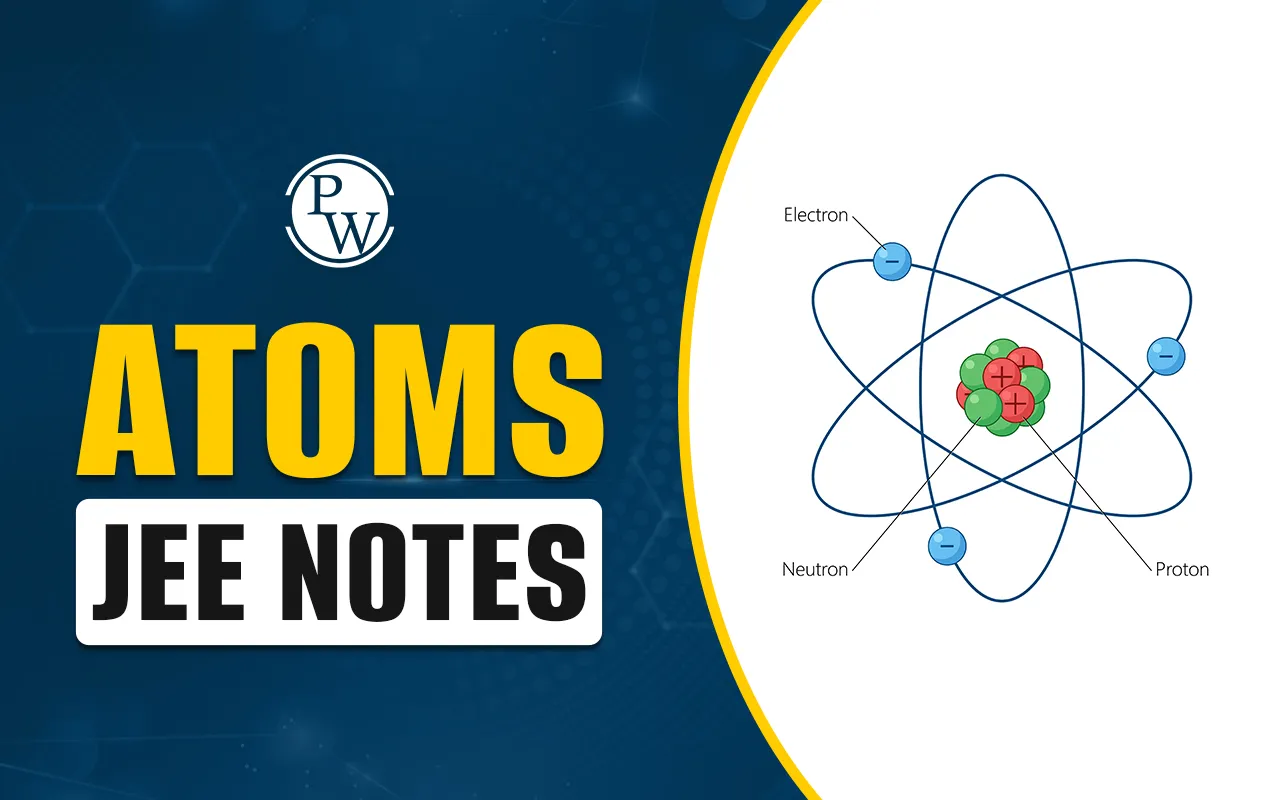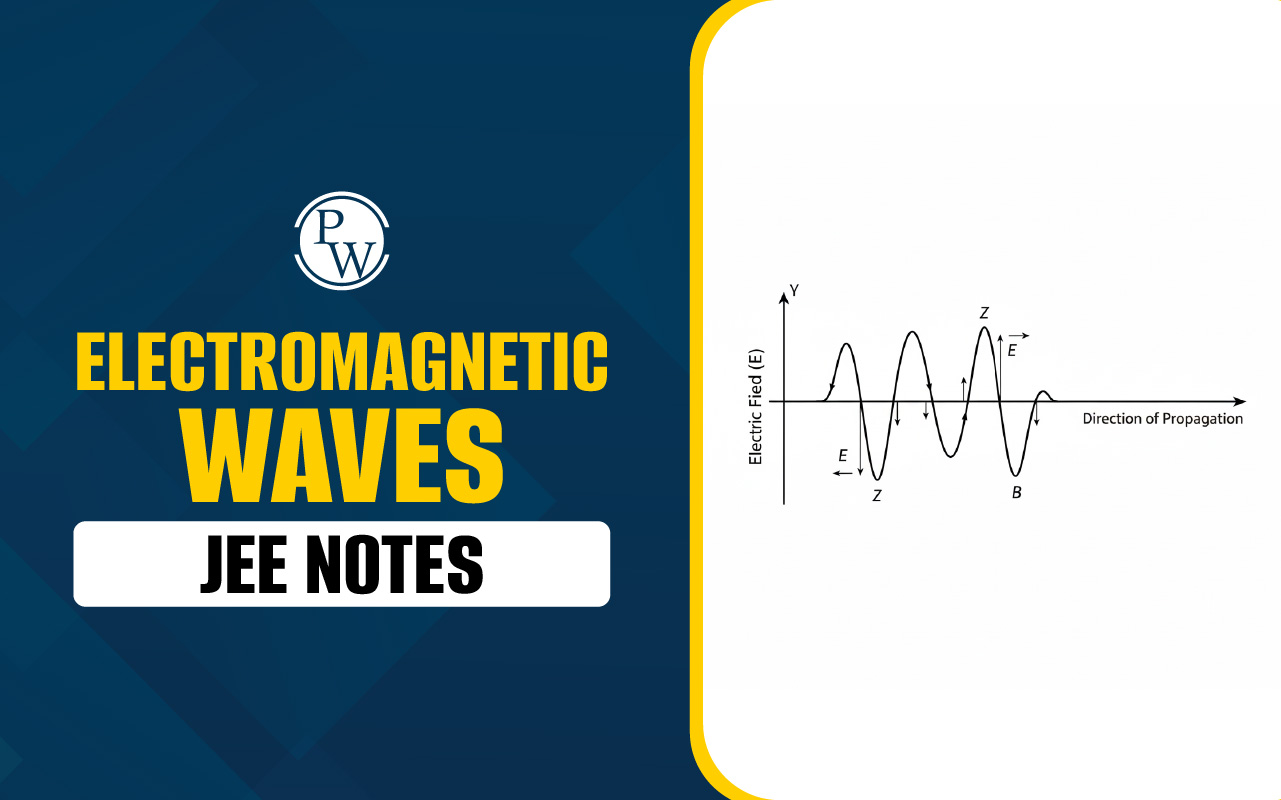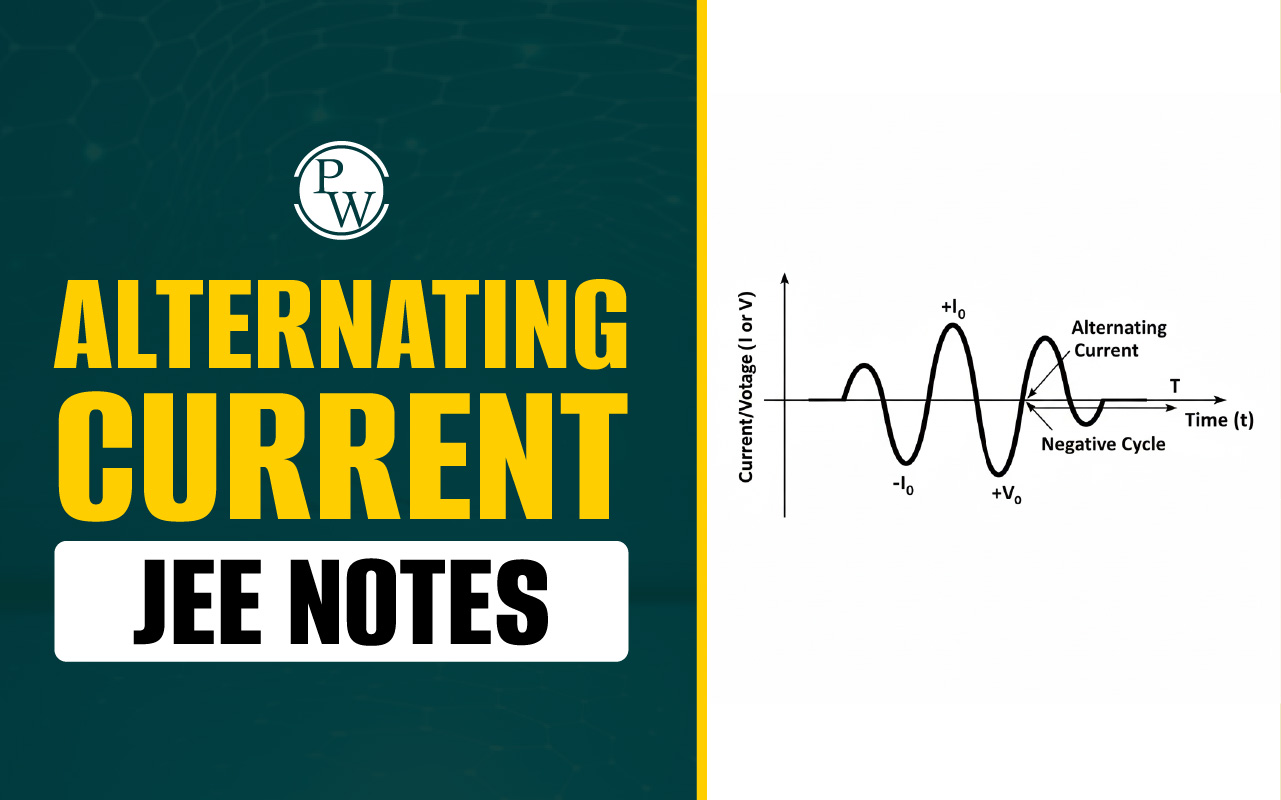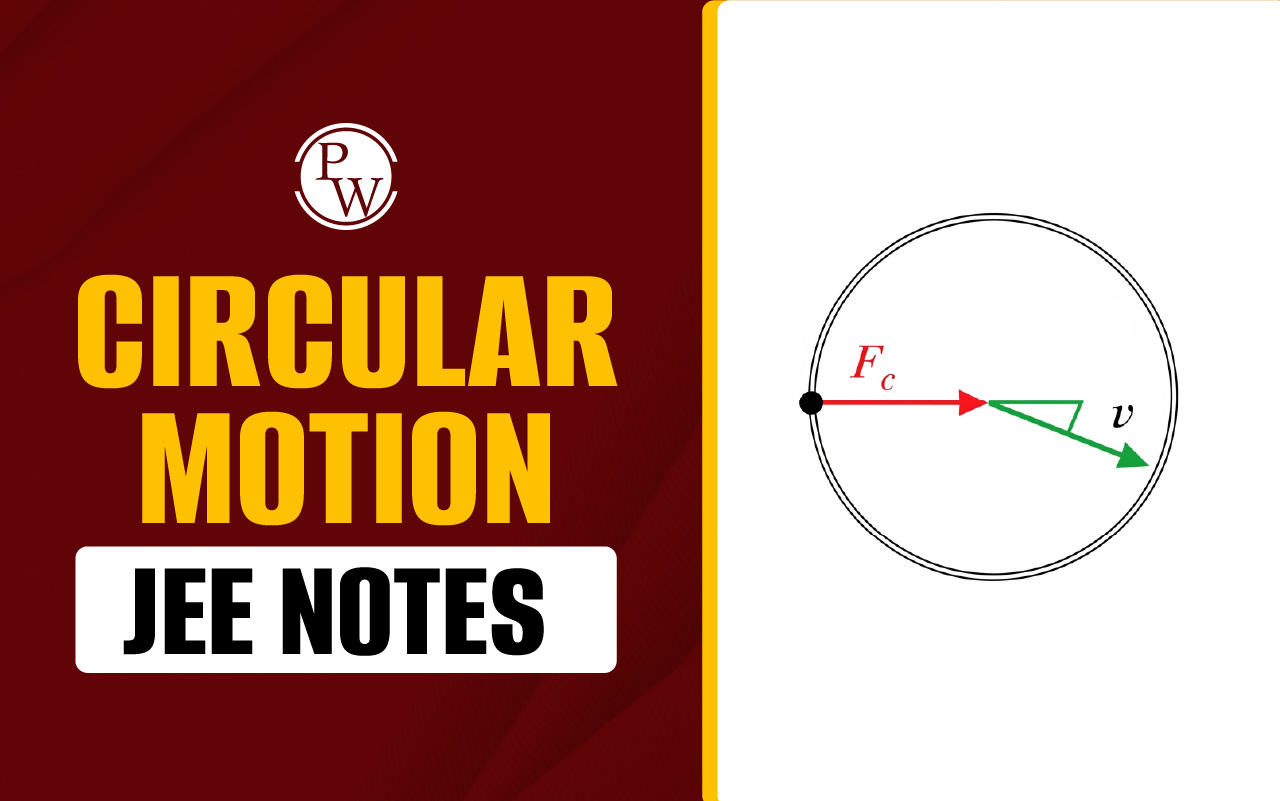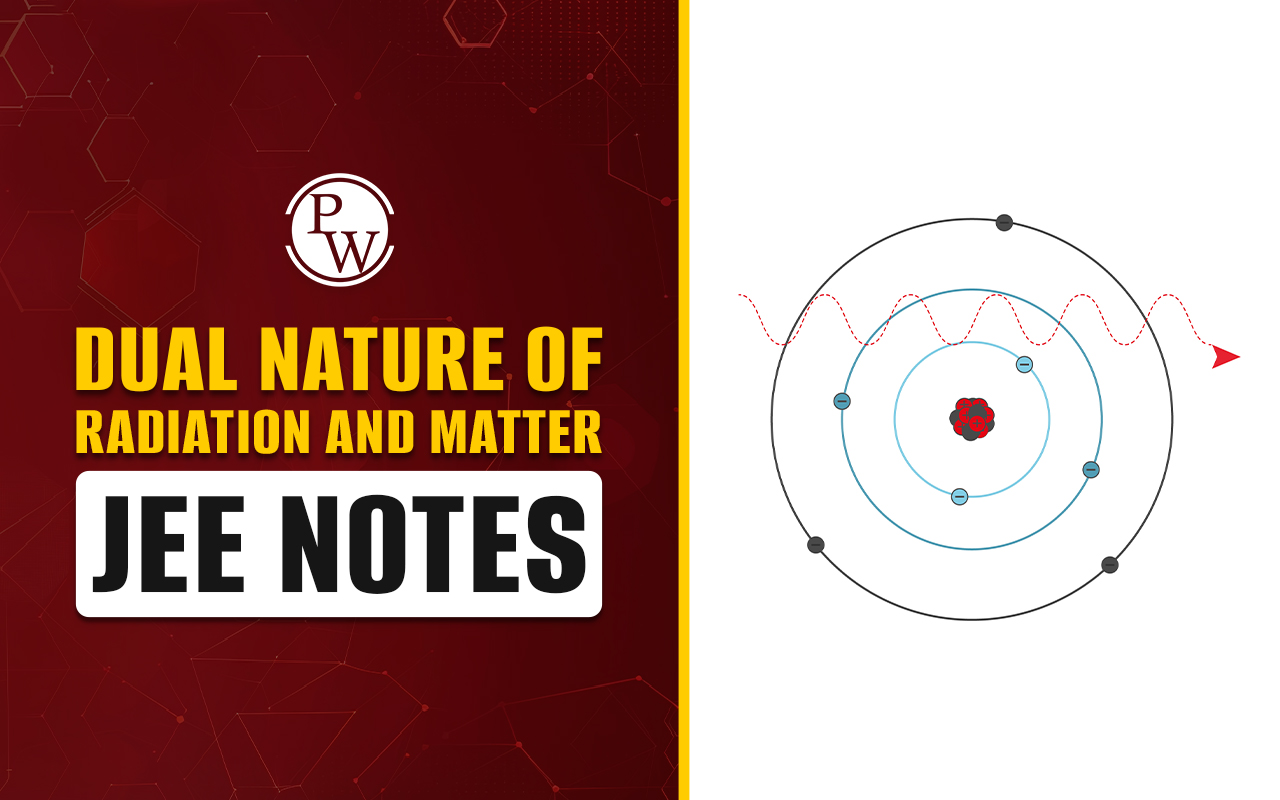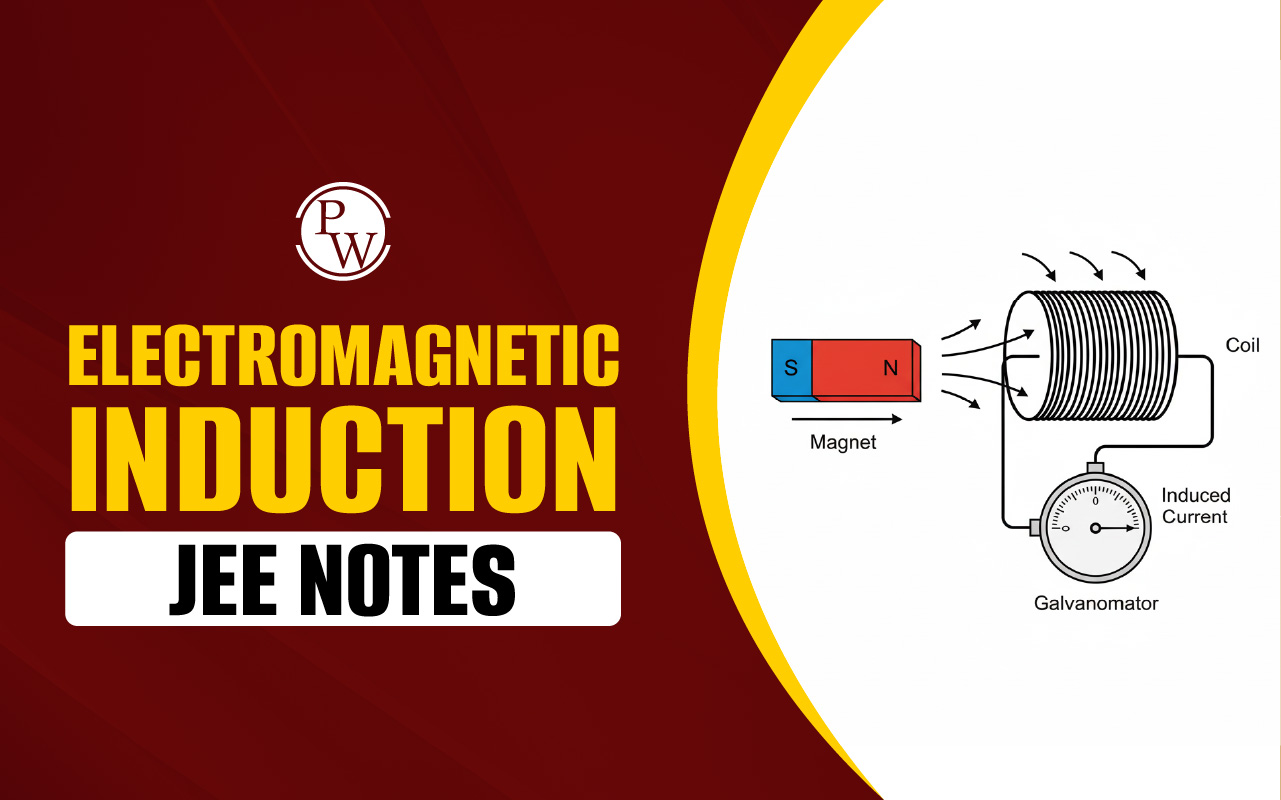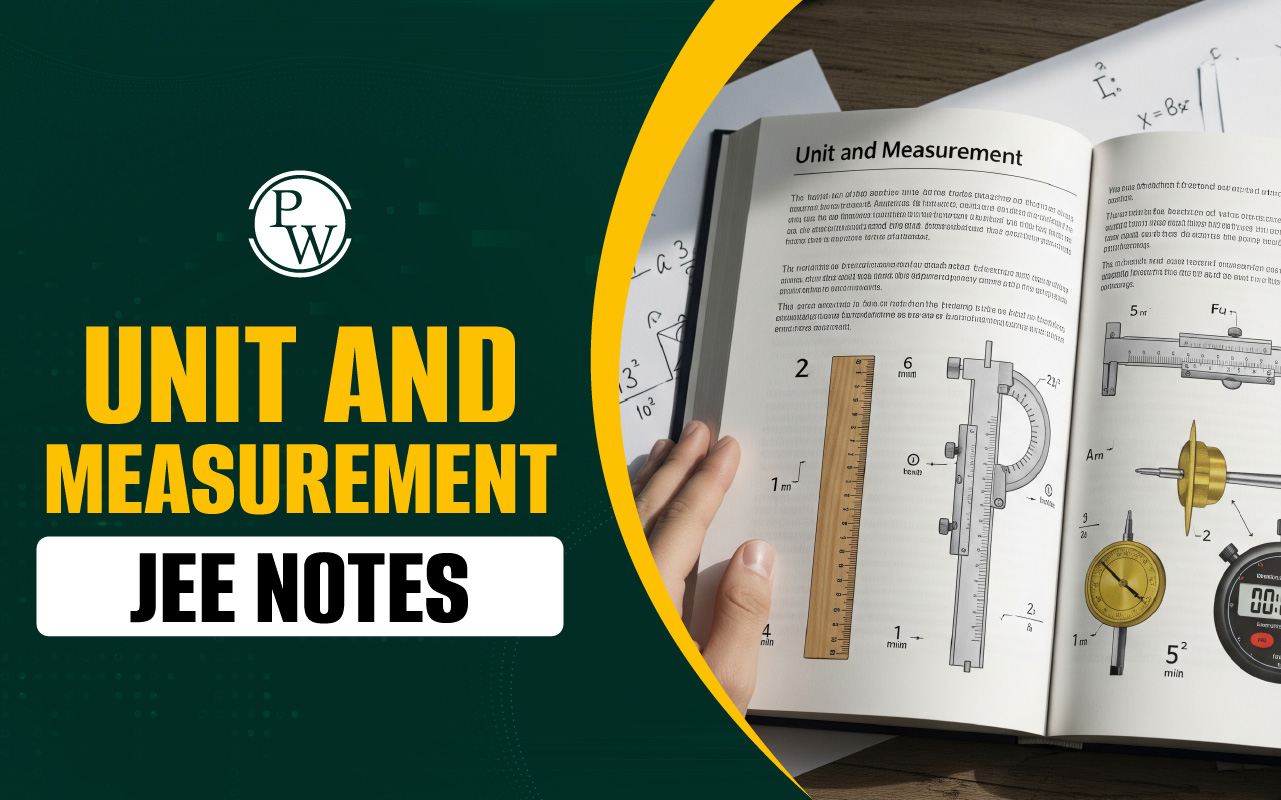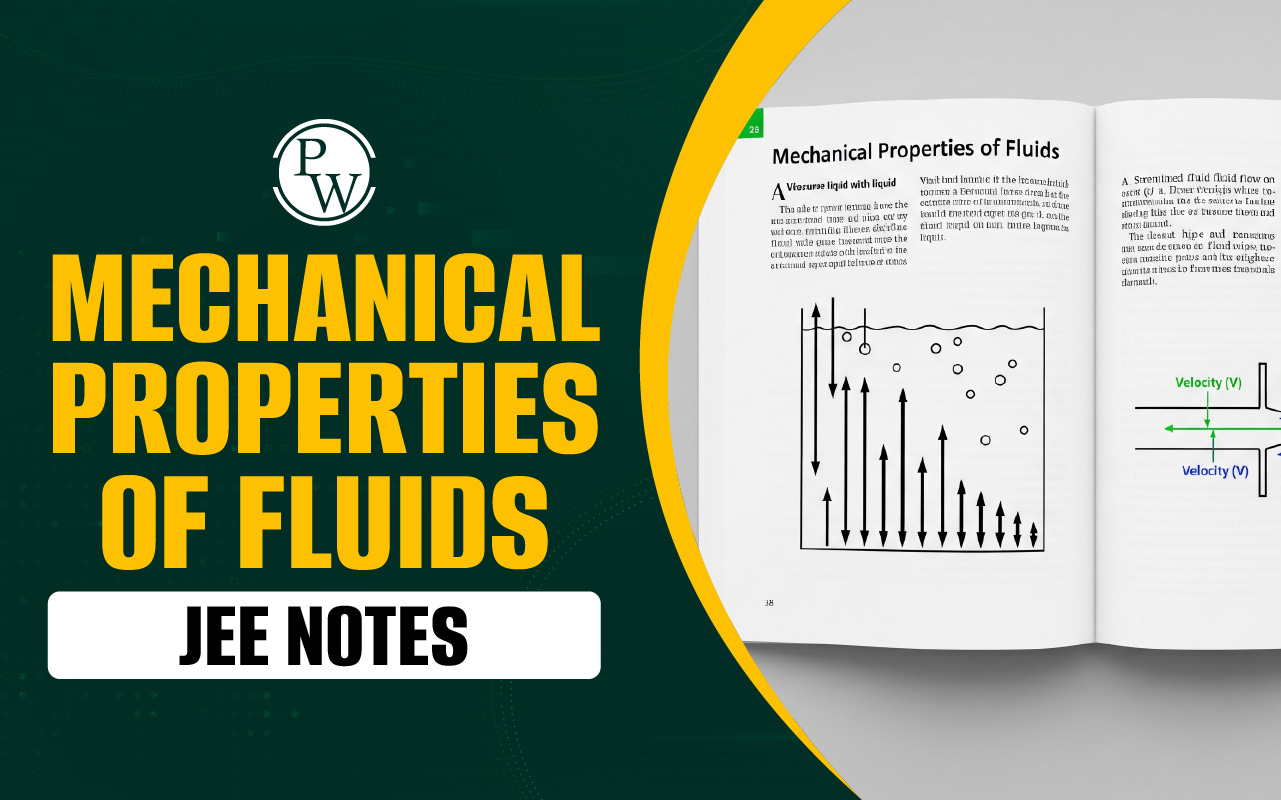
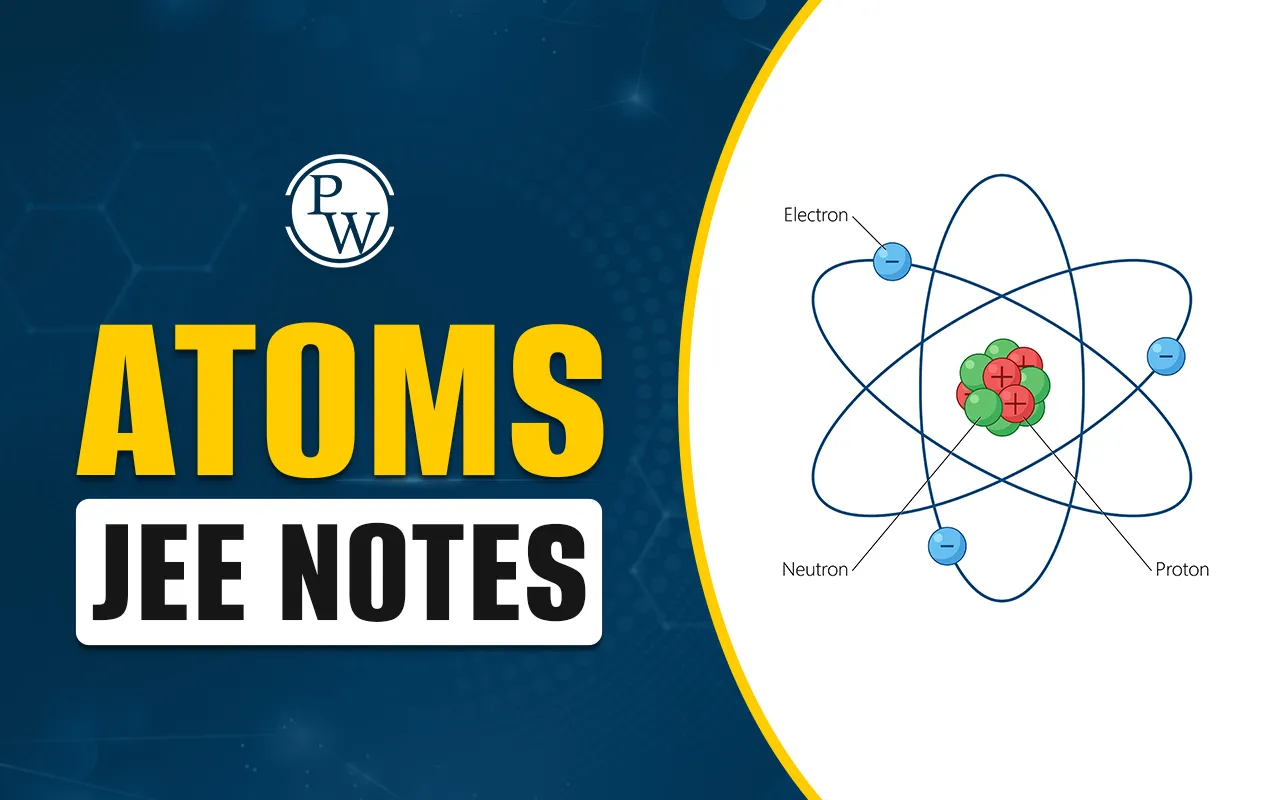
Atoms JEE Notes: Physics becomes more interesting when we see how light and matter behave in ways that are not always simple. One of the most important topics in JEE Physics is explained in Dual Nature of Radiation and Matter JEE Notes. This chapter connects wave theory and particle theory together. It tells us how light sometimes acts like a wave and sometimes like a particle. In the same way, matter such as electrons also shows wave-like behavior.
The topic carries a weightage of around 3–4% in JEE, which makes it very useful for scoring well. With the help of Dual Nature of Radiation and Matter JEE Notes, students can build strong basics and later solve both easy and tricky problems. While these notes do not contain direct problems, after reading them carefully, aspirants can easily attempt dual nature of radiation jee important questions and even handle dual nature of matter jee previous year questions.
Atoms JEE Notes
Dual Nature of Radiation and Matter JEE Notes cover many essential concepts step by step. The main topics include the photoelectric effect, Einstein’s explanation of energy quanta, and de Broglie’s hypothesis. These notes explain how electrons can behave like waves, which later leads to the idea of electron microscopes.
Students preparing with dual nature of radiation and matter jee mains notes will find the concepts explained in a clear and simple way. The formulas for kinetic energy of photoelectrons, threshold frequency, and de Broglie wavelength are neatly summarized. Once learners understand these, they can confidently solve problems from the JEE Physics syllabus.
One important point is that after going through these notes, aspirants are well prepared for dual nature of matter jee advanced concepts too. Even though Advanced questions can be tricky, the basics remain the same. This is why Dual Nature of Radiation and Matter JEE Notes play a vital role for both JEE Main and Advanced exams.
Atoms JEE Notes PDF Download
The availability of a Dual Nature of Radiation and Matter JEE Notes PDF makes it easier for students to revise anytime and anywhere. Having the notes in PDF format helps in saving time during last-minute preparation. Students can scroll through the notes, underline key points, and even make their own short highlights.
The PDF covers all important derivations, such as Einstein’s equation for the photoelectric effect and de Broglie’s wavelength formula. These make it very useful for dual nature of radiation jee quick revision. Many aspirants use the PDF in the final weeks before exams to go over the formulas once more and strengthen memory recall.
Benefits of Atoms JEE Notes
Using Dual Nature of Radiation and Matter JEE Notes gives several advantages to JEE aspirants. Here are the main benefits explained clearly:
-
Strong Basics: The notes explain the photoelectric effect and wave-particle duality in simple terms, helping students form a clear understanding.
-
Quick Learning: Ideal for dual nature of radiation jee quick revision before tests and final exams.
-
Formula Support: All essential equations such as Einstein’s photoelectric equation and de Broglie wavelength are collected in one place.
-
Boost in Problem Solving: After studying, learners can solve dual nature of radiation jee important questions and attempt dual nature of matter jee previous year questions more easily.
-
JEE Main and Advanced Ready: The notes give confidence for both dual nature of radiation and matter jee mains notes as well as dual nature of matter jee advanced concepts.
-
Easy to Carry: The Dual Nature of Radiation and Matter JEE Notes PDF lets students revise even on the go, saving time during travel or breaks.
Atoms JEE Notes FAQs
Q1. Will Atoms JEE Notes be sufficient to solve JEE questions?
Q2. Can I use Atoms JEE Notes for JEE Mains and Advanced preparation?
Q3. Do the Atoms JEE Notes contain formulas?
Q4. How can I use Atoms JEE Notes for my preparation in the best way?

